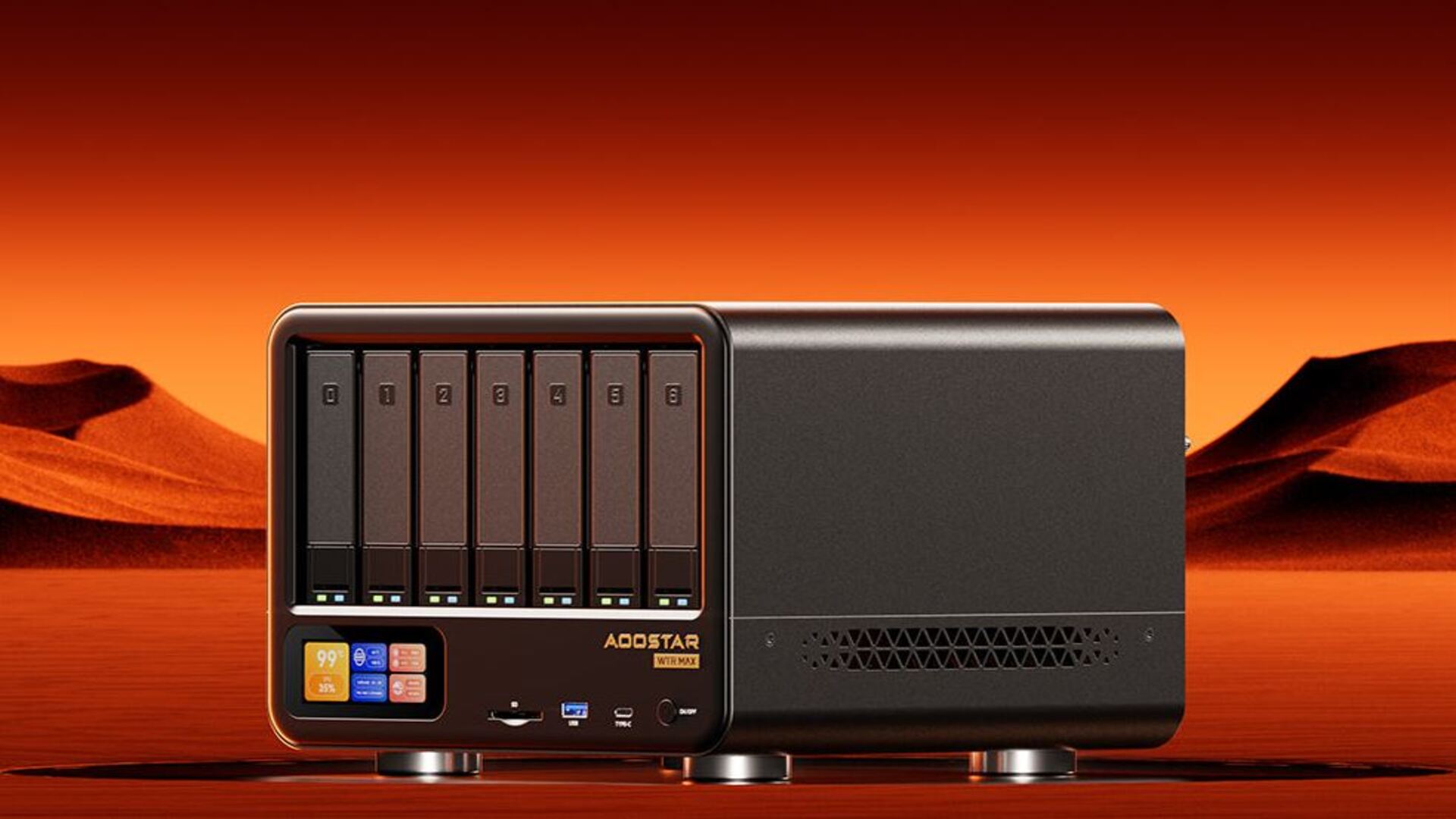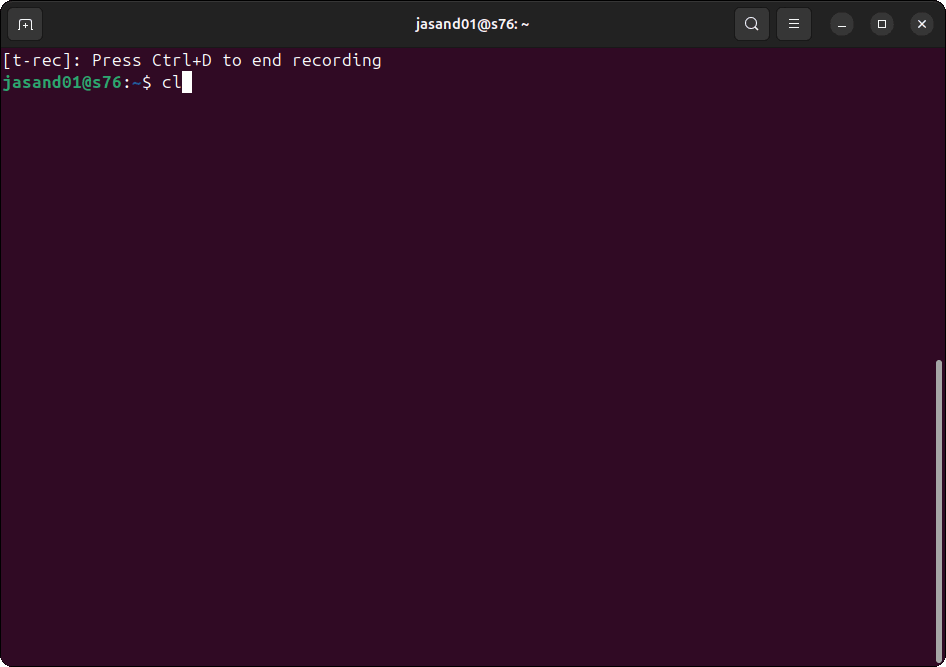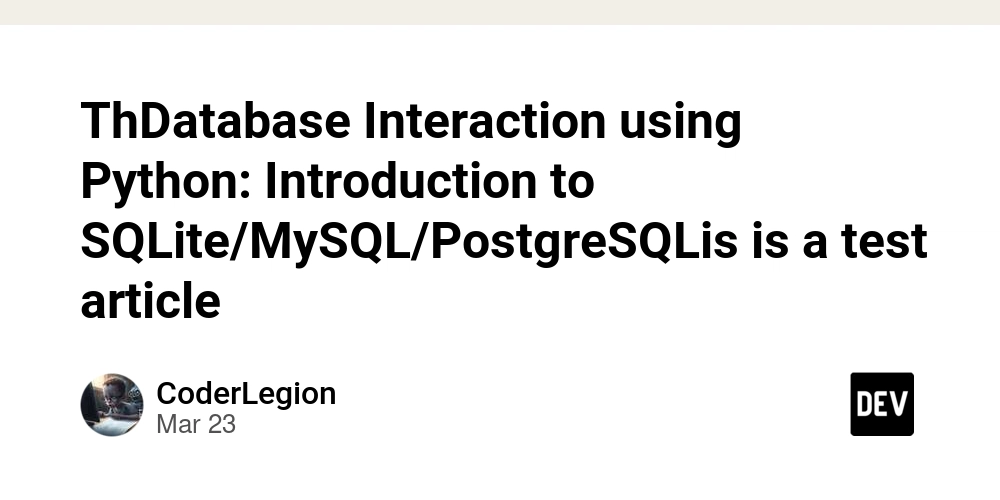Multi-Tenant Architecture: A Complete Guide (Basic to Advanced)
Multi-tenant architecture allows multiple tenants (users, teams, or organizations) to share the same application infrastructure while maintaining data isolation and security. This is widely used in SaaS applications. 1. Basic Concepts of Multi-Tenancy What is Multi-Tenancy? A multi-tenant system serves multiple customers (tenants) using a shared software instance while keeping their data and configurations separate. Key Characteristics Data Isolation: Each tenant's data is separate. Resource Sharing: The application and infrastructure are shared. Customizability: Tenants may have different configurations. Scalability: Should efficiently handle increasing tenants. Single-Tenant vs Multi-Tenant Feature Single-Tenant Multi-Tenant Infrastructure Separate for each tenant Shared infrastructure Cost Higher per tenant Lower per tenant Security Higher isolation Requires strong access control Scalability Less scalable Highly scalable 2. Multi-Tenant Architecture Patterns There are different approaches to implementing multi-tenancy. 1. Separate Database per Tenant (Database Isolation) Each tenant has its own database. Best for high security and performance. Example: tenant_1_db, tenant_2_db, etc. ✅ Pros: High security & isolation. Easier backups & migrations. ❌ Cons: Higher infrastructure costs. Complex database management. 2. Shared Database, Separate Schemas One database with multiple schemas (one per tenant). Example: tenant_1.users, tenant_2.orders. ✅ Pros: Better balance between isolation and cost. Easier scaling than separate databases. ❌ Cons: Harder schema management. Requires strong access controls. 3. Shared Database, Shared Schema (Row-Based Isolation) Single database and single schema with a tenant_id column. Example: SELECT * FROM users WHERE tenant_id = 'tenant_1'; ✅ Pros: Cost-efficient and easier to scale. Easier for querying and indexing. ❌ Cons: Risk of data leaks if queries are not properly isolated. Harder tenant-level data management. 3. Choosing the Right Multi-Tenant Model Requirement Best Approach High Security Separate Database Cost Efficiency Shared Schema Balanced Shared Database, Separate Schema Scalability Shared Schema with proper indexing 4. Multi-Tenant Implementation in Backend NestJS Multi-Tenant Setup (Example) For a row-based isolation approach using PostgreSQL. 1️⃣ Define a Tenant Middleware @Injectable() export class TenantMiddleware implements NestMiddleware { use(req: Request, res: Response, next: NextFunction) { const tenantId = req.headers['x-tenant-id']; if (!tenantId) { throw new Error('Tenant ID is required'); } (req as any).tenantId = tenantId; next(); } } 2️⃣ Use Tenant ID in Querying @Injectable() export class UserService { constructor(@InjectRepository(User) private userRepo: Repository) {} async getUsers(tenantId: string) { return this.userRepo.find({ where: { tenantId } }); } } 5. Multi-Tenant Implementation in Frontend In a Next.js app, use dynamic routing: https://tenant1.yourapp.com https://tenant2.yourapp.com 1️⃣ Set up Dynamic Middleware in Next.js import { NextRequest, NextResponse } from 'next/server'; export function middleware(req: NextRequest) { const hostname = req.headers.get('host'); const tenant = hostname?.split('.')[0]; req.headers.set('x-tenant-id', tenant!); return NextResponse.next(); } 6. Advanced Multi-Tenancy Features 1. Tenant Provisioning Automate tenant creation with scripts or APIs. Example: Auto-create schema on user signup. 2. Tenant-Specific Configurations Store tenant-specific settings in a table. Example: { "tenant_id": "tenant_1", "theme": "dark", "feature_flags": ["feature_x", "feature_y"] } 3. Tenant Scaling Vertical Scaling: Increase server power. Horizontal Scaling: Add more instances. 4. Security in Multi-Tenancy Row-Level Security (RLS) in PostgreSQL: CREATE POLICY tenant_isolation ON users FOR SELECT USING (tenant_id = current_setting('app.tenant_id')); Encryption: Encrypt sensitive data. Access Controls: Implement RBAC (Role-Based Access Control). 7. Challenges and Best Practices Challenges Performance Bottlenecks: Large tenants may slow down others. Data Privacy Risks: Need strong access control. Migration Complexity: Moving tenants between databases is hard. Best Practices ✅ Use connection pooling for efficient database handling. ✅ Implement caching (Redis) to reduce database load. ✅ Monitor tenant activity for anomaly detection. Conclusion Multi-tenancy is essential for SaaS applications, balancing cost, security, and scalability. The bes

Multi-tenant architecture allows multiple tenants (users, teams, or organizations) to share the same application infrastructure while maintaining data isolation and security. This is widely used in SaaS applications.
1. Basic Concepts of Multi-Tenancy
What is Multi-Tenancy?
A multi-tenant system serves multiple customers (tenants) using a shared software instance while keeping their data and configurations separate.
Key Characteristics
- Data Isolation: Each tenant's data is separate.
- Resource Sharing: The application and infrastructure are shared.
- Customizability: Tenants may have different configurations.
- Scalability: Should efficiently handle increasing tenants.
Single-Tenant vs Multi-Tenant
| Feature | Single-Tenant | Multi-Tenant |
|---|---|---|
| Infrastructure | Separate for each tenant | Shared infrastructure |
| Cost | Higher per tenant | Lower per tenant |
| Security | Higher isolation | Requires strong access control |
| Scalability | Less scalable | Highly scalable |
2. Multi-Tenant Architecture Patterns
There are different approaches to implementing multi-tenancy.
1. Separate Database per Tenant (Database Isolation)
- Each tenant has its own database.
- Best for high security and performance.
- Example:
tenant_1_db,tenant_2_db, etc.
✅ Pros:
- High security & isolation.
- Easier backups & migrations.
❌ Cons:
- Higher infrastructure costs.
- Complex database management.
2. Shared Database, Separate Schemas
- One database with multiple schemas (one per tenant).
- Example:
tenant_1.users,tenant_2.orders.
✅ Pros:
- Better balance between isolation and cost.
- Easier scaling than separate databases.
❌ Cons:
- Harder schema management.
- Requires strong access controls.
3. Shared Database, Shared Schema (Row-Based Isolation)
- Single database and single schema with a
tenant_idcolumn. - Example:
SELECT * FROM users WHERE tenant_id = 'tenant_1';
✅ Pros:
- Cost-efficient and easier to scale.
- Easier for querying and indexing.
❌ Cons:
- Risk of data leaks if queries are not properly isolated.
- Harder tenant-level data management.
3. Choosing the Right Multi-Tenant Model
| Requirement | Best Approach |
|---|---|
| High Security | Separate Database |
| Cost Efficiency | Shared Schema |
| Balanced | Shared Database, Separate Schema |
| Scalability | Shared Schema with proper indexing |
4. Multi-Tenant Implementation in Backend
NestJS Multi-Tenant Setup (Example)
For a row-based isolation approach using PostgreSQL.
1️⃣ Define a Tenant Middleware
@Injectable()
export class TenantMiddleware implements NestMiddleware {
use(req: Request, res: Response, next: NextFunction) {
const tenantId = req.headers['x-tenant-id'];
if (!tenantId) {
throw new Error('Tenant ID is required');
}
(req as any).tenantId = tenantId;
next();
}
}
2️⃣ Use Tenant ID in Querying
@Injectable()
export class UserService {
constructor(@InjectRepository(User) private userRepo: Repository<User>) {}
async getUsers(tenantId: string) {
return this.userRepo.find({ where: { tenantId } });
}
}
5. Multi-Tenant Implementation in Frontend
In a Next.js app, use dynamic routing:
https://tenant1.yourapp.comhttps://tenant2.yourapp.com
1️⃣ Set up Dynamic Middleware in Next.js
import { NextRequest, NextResponse } from 'next/server';
export function middleware(req: NextRequest) {
const hostname = req.headers.get('host');
const tenant = hostname?.split('.')[0];
req.headers.set('x-tenant-id', tenant!);
return NextResponse.next();
}
6. Advanced Multi-Tenancy Features
1. Tenant Provisioning
- Automate tenant creation with scripts or APIs.
- Example: Auto-create schema on user signup.
2. Tenant-Specific Configurations
- Store tenant-specific settings in a table.
- Example:
{
"tenant_id": "tenant_1",
"theme": "dark",
"feature_flags": ["feature_x", "feature_y"]
}
3. Tenant Scaling
- Vertical Scaling: Increase server power.
- Horizontal Scaling: Add more instances.
4. Security in Multi-Tenancy
- Row-Level Security (RLS) in PostgreSQL:
CREATE POLICY tenant_isolation ON users
FOR SELECT USING (tenant_id = current_setting('app.tenant_id'));
- Encryption: Encrypt sensitive data.
- Access Controls: Implement RBAC (Role-Based Access Control).
7. Challenges and Best Practices
Challenges
- Performance Bottlenecks: Large tenants may slow down others.
- Data Privacy Risks: Need strong access control.
- Migration Complexity: Moving tenants between databases is hard.
Best Practices
✅ Use connection pooling for efficient database handling.
✅ Implement caching (Redis) to reduce database load.
✅ Monitor tenant activity for anomaly detection.
Conclusion
Multi-tenancy is essential for SaaS applications, balancing cost, security, and scalability. The best approach depends on security needs and budget. Using NestJS for backend and Next.js for frontend, you can build a scalable multi-tenant system efficiently.








































































































































































![[The AI Show Episode 142]: ChatGPT’s New Image Generator, Studio Ghibli Craze and Backlash, Gemini 2.5, OpenAI Academy, 4o Updates, Vibe Marketing & xAI Acquires X](https://www.marketingaiinstitute.com/hubfs/ep%20142%20cover.png)

















































































































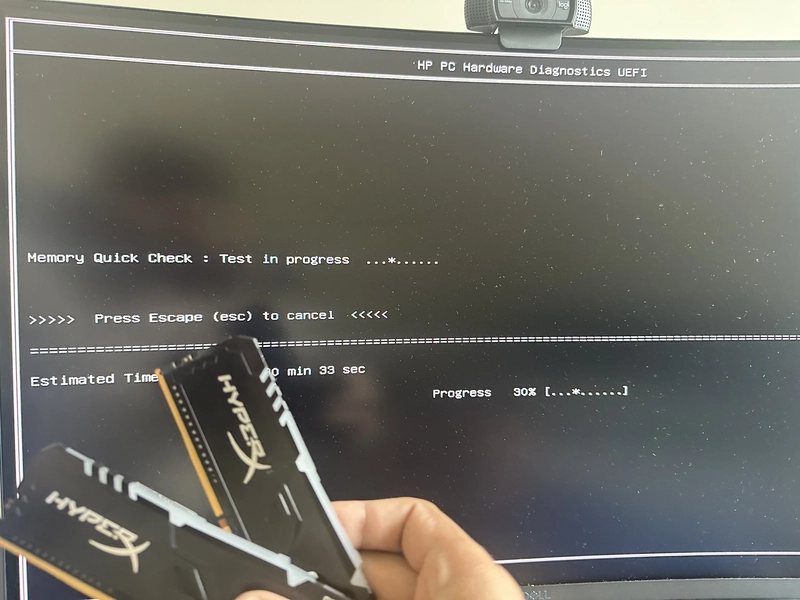
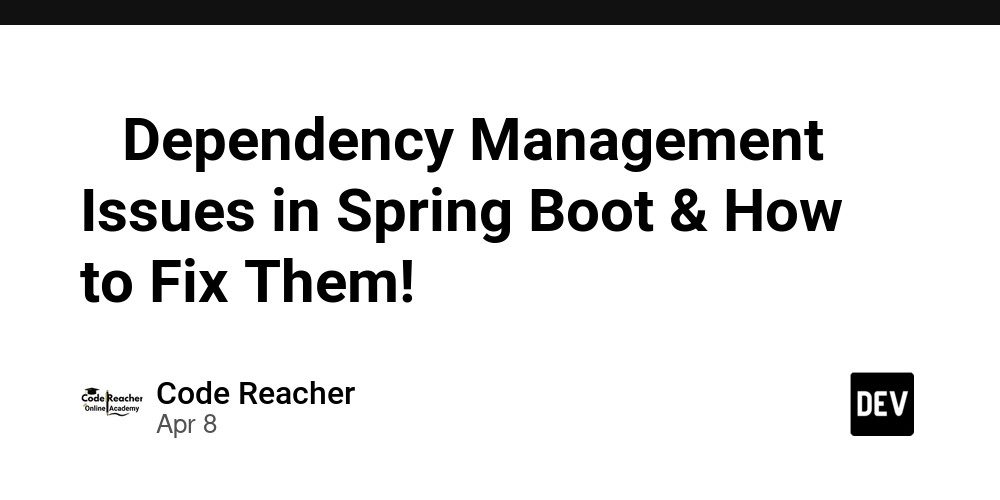
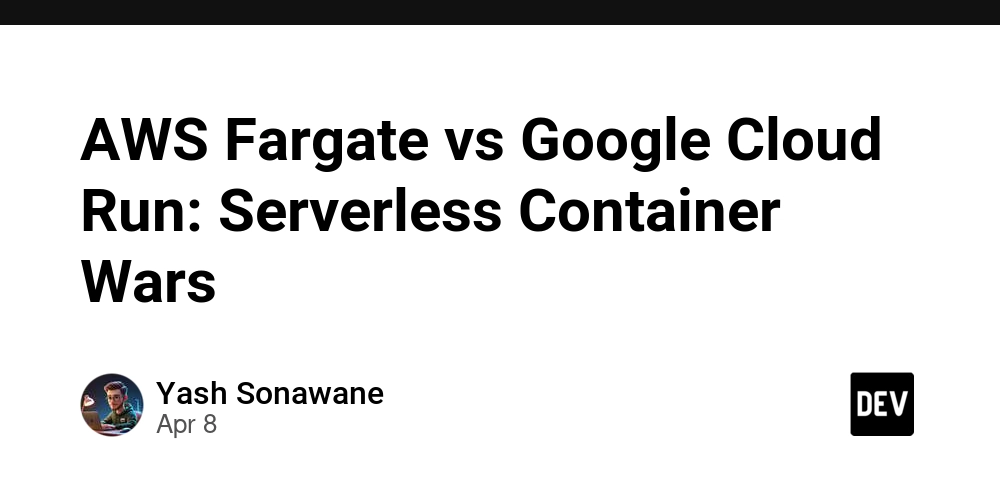












![From drop-out to software architect with Jason Lengstorf [Podcast #167]](https://cdn.hashnode.com/res/hashnode/image/upload/v1743796461357/f3d19cd7-e6f5-4d7c-8bfc-eb974bc8da68.png?#)







































































































.png?#)






(1).jpg?width=1920&height=1920&fit=bounds&quality=80&format=jpg&auto=webp#)






























_NicoElNino_Alamy.png?#)
.webp?#)
.webp?#)


















































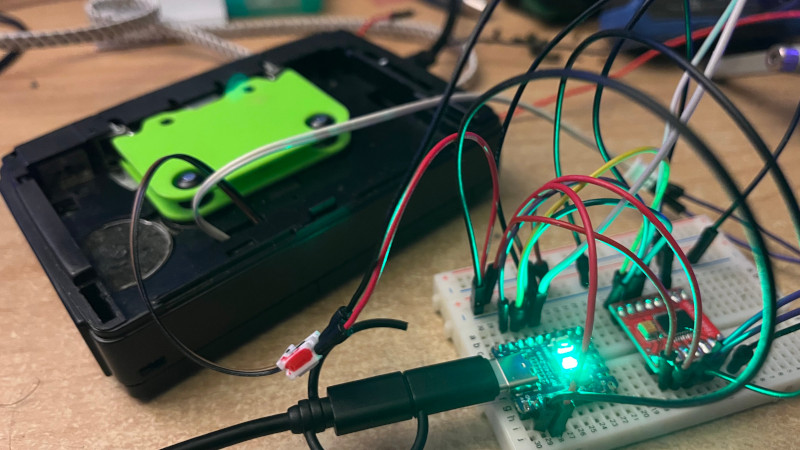
































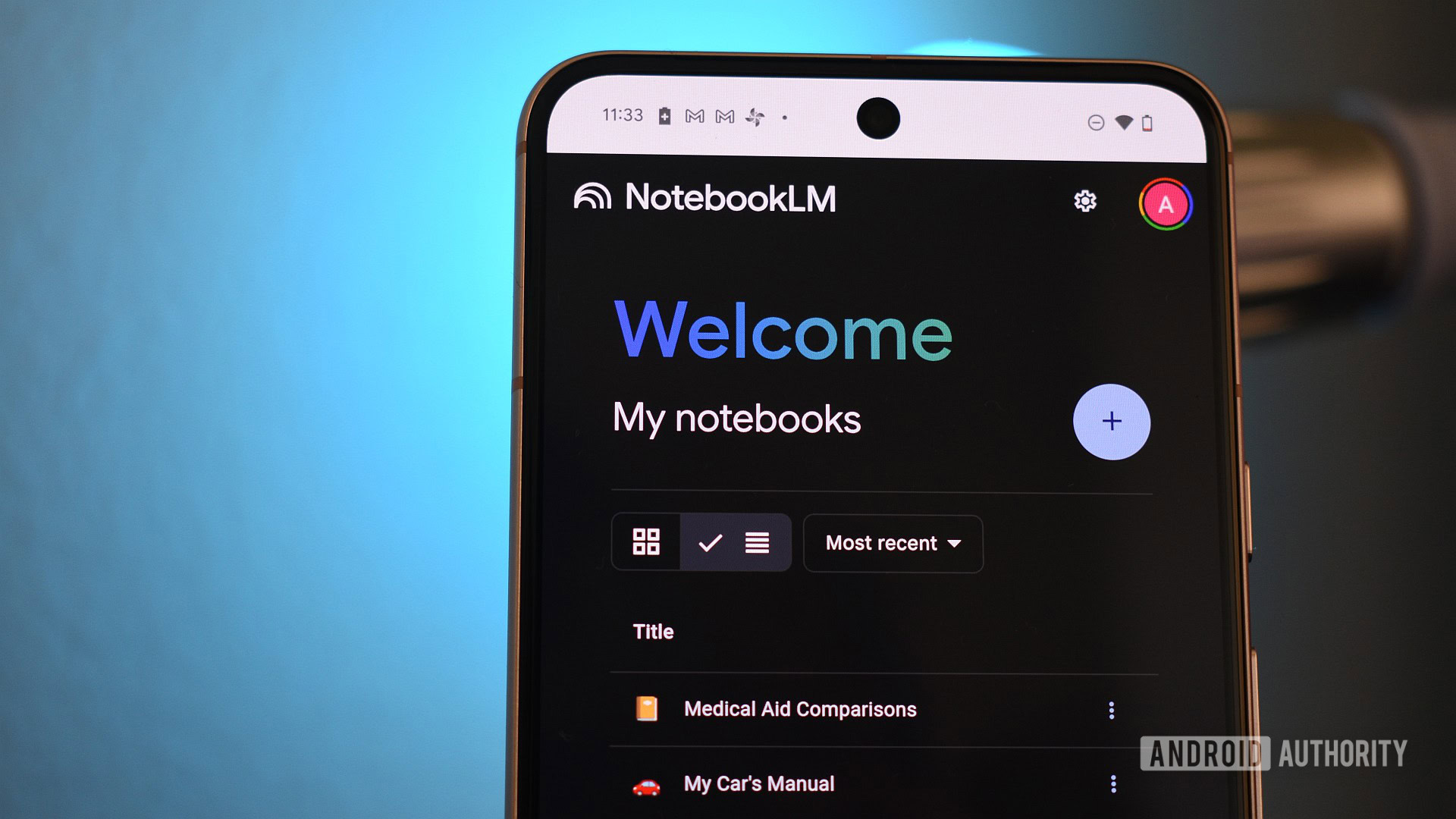
















![Apple to Source More iPhones From India to Offset China Tariff Costs [Report]](https://www.iclarified.com/images/news/96954/96954/96954-640.jpg)
![Blackmagic Design Unveils DaVinci Resolve 20 With Over 100 New Features and AI Tools [Video]](https://www.iclarified.com/images/news/96951/96951/96951-640.jpg)
















